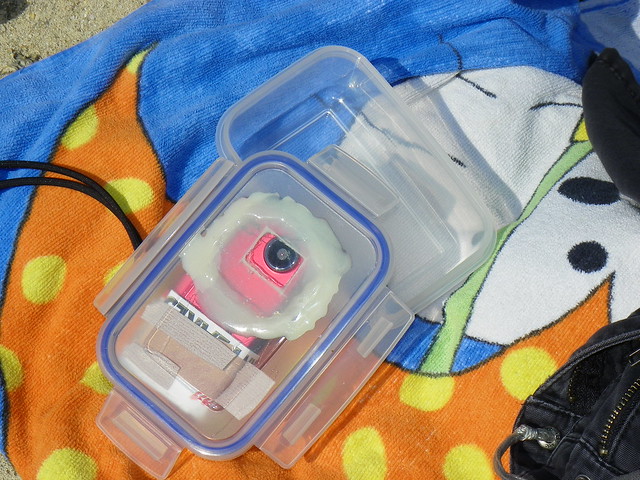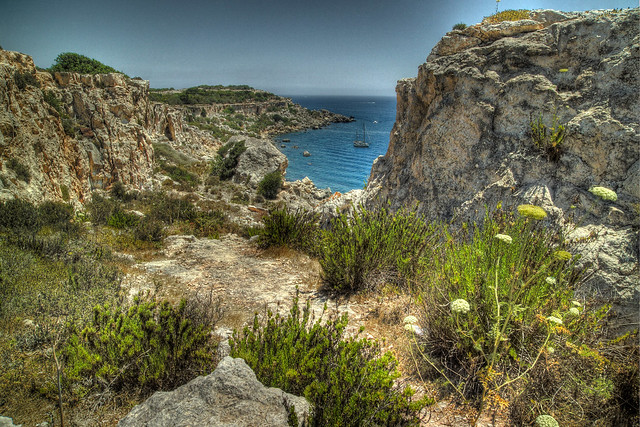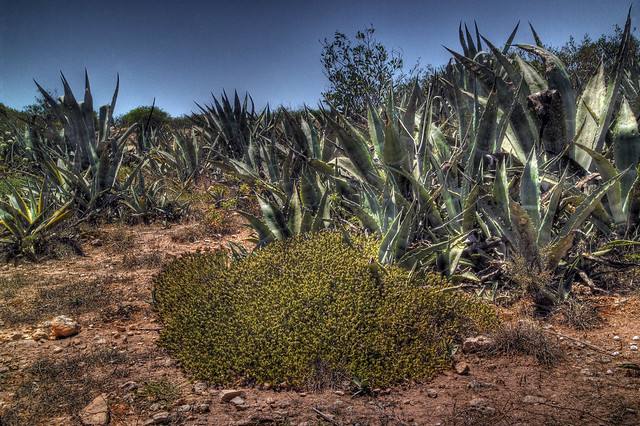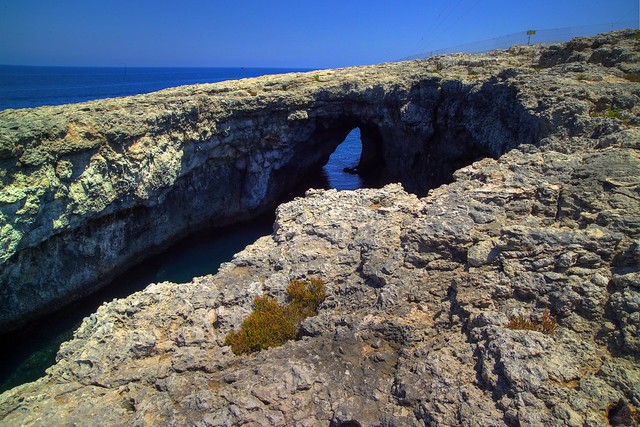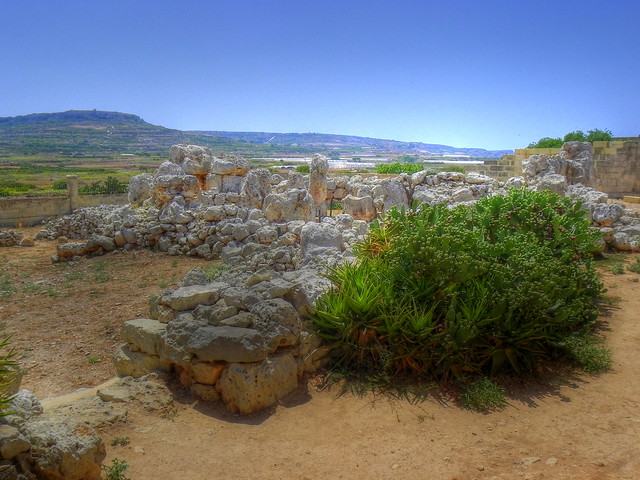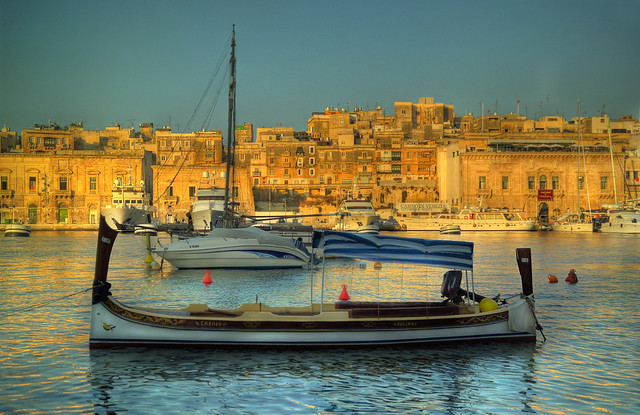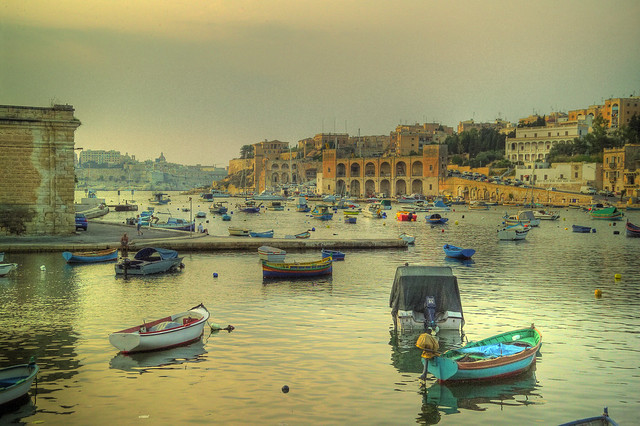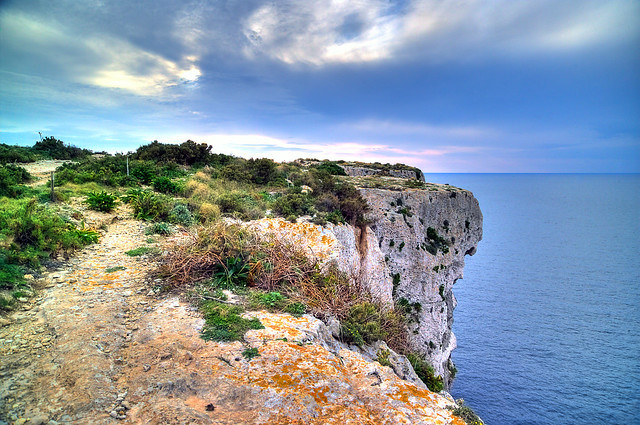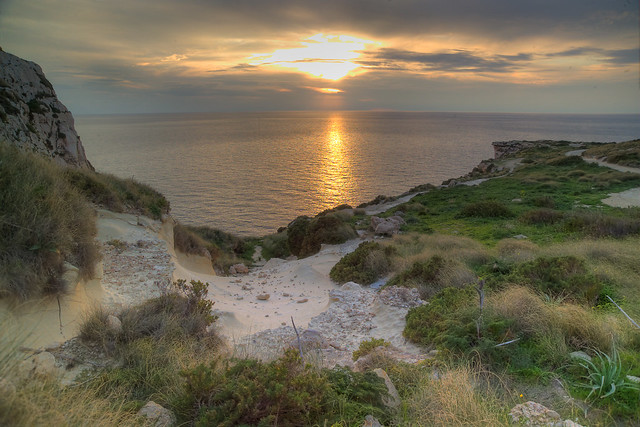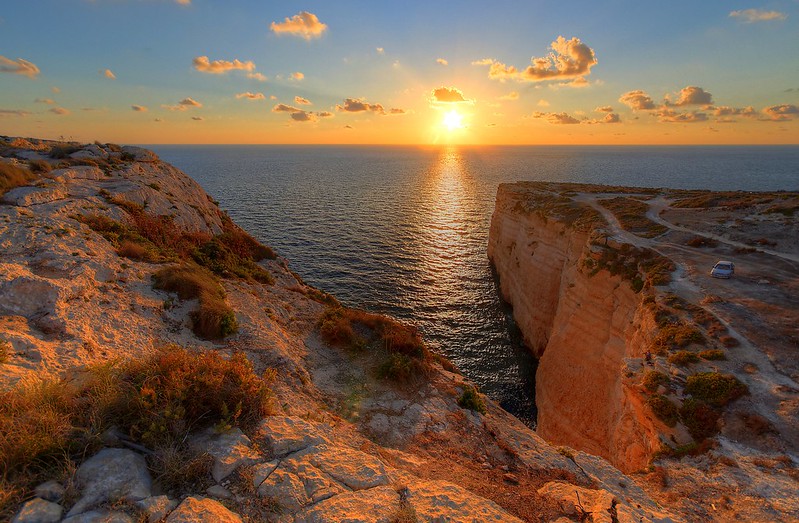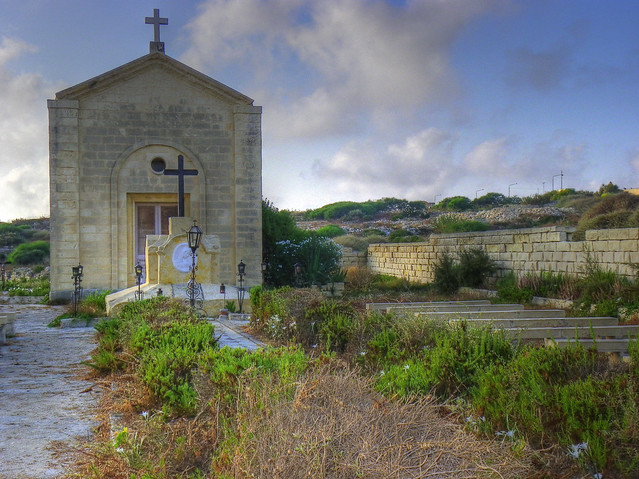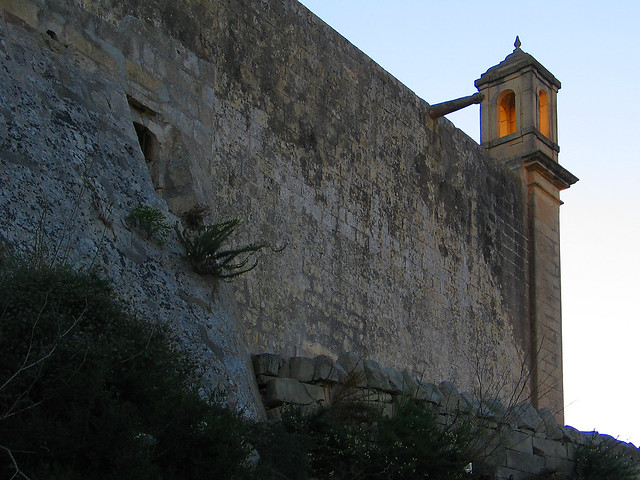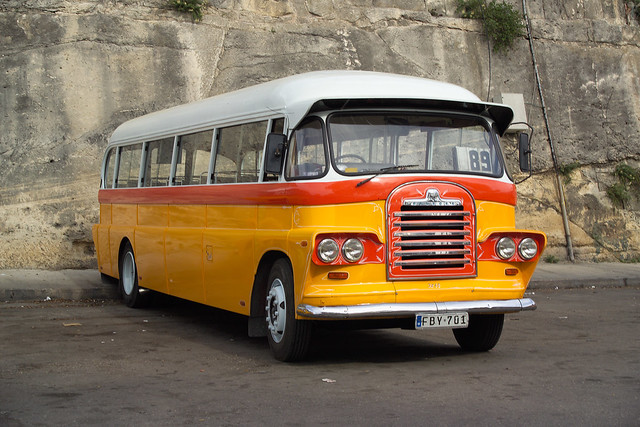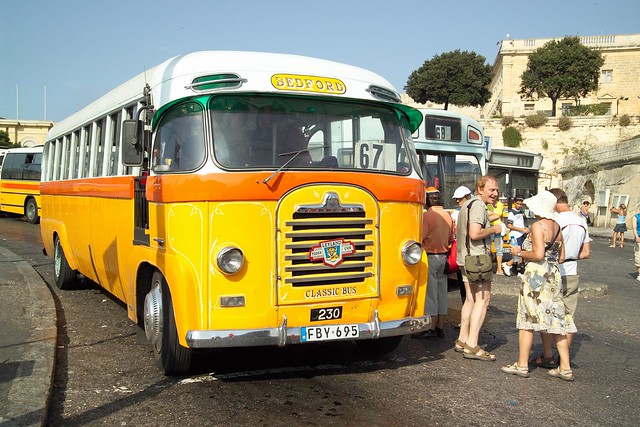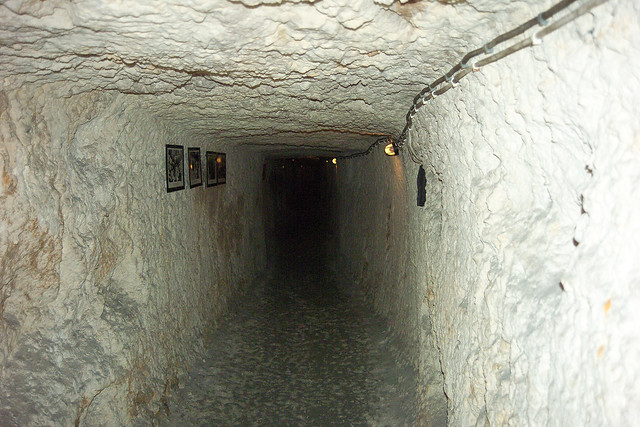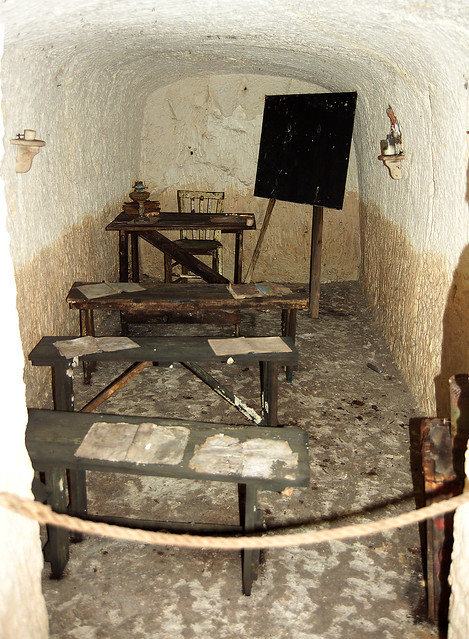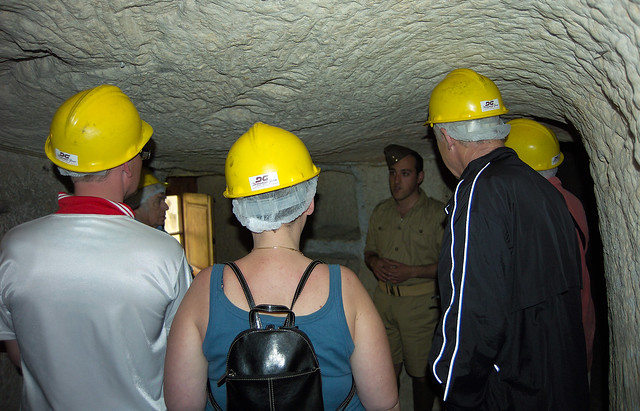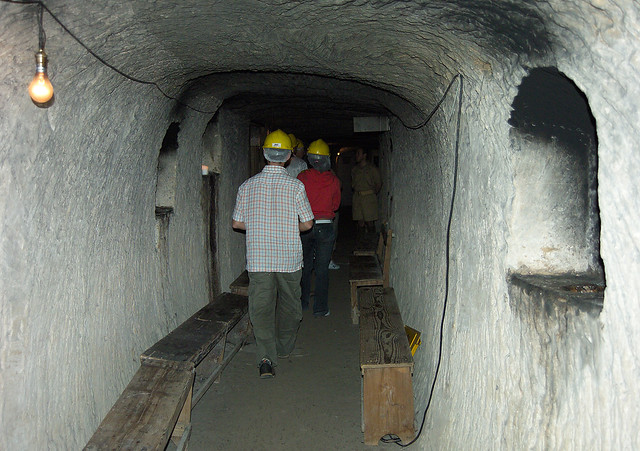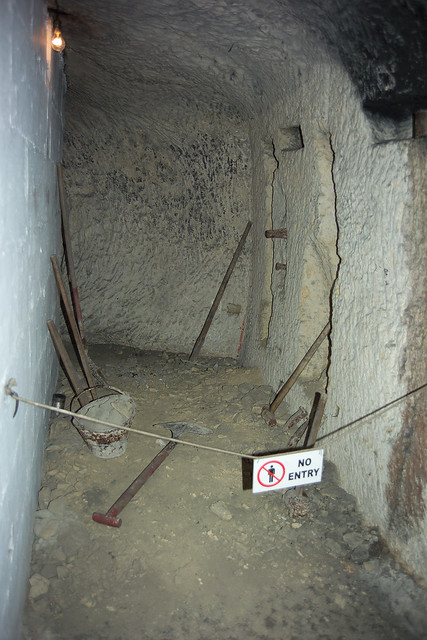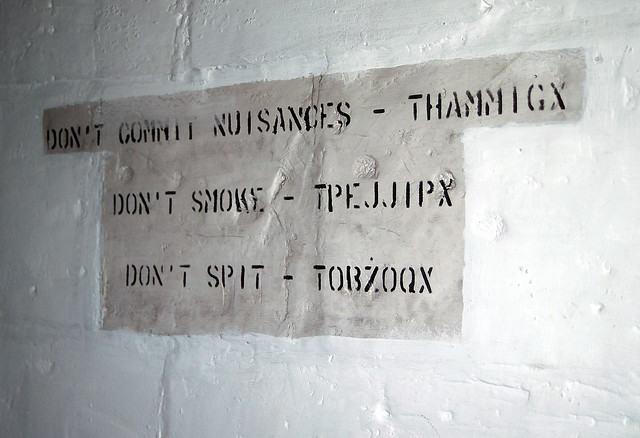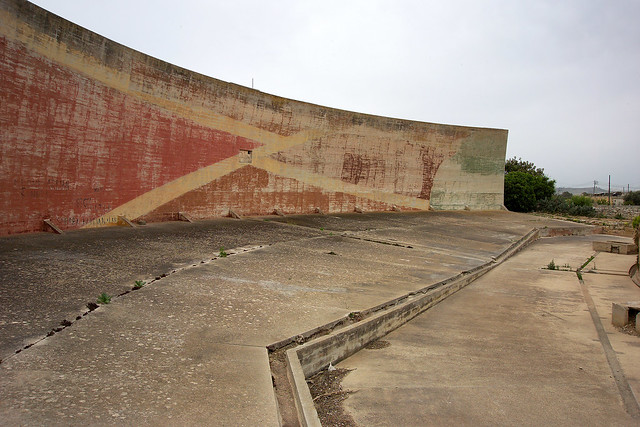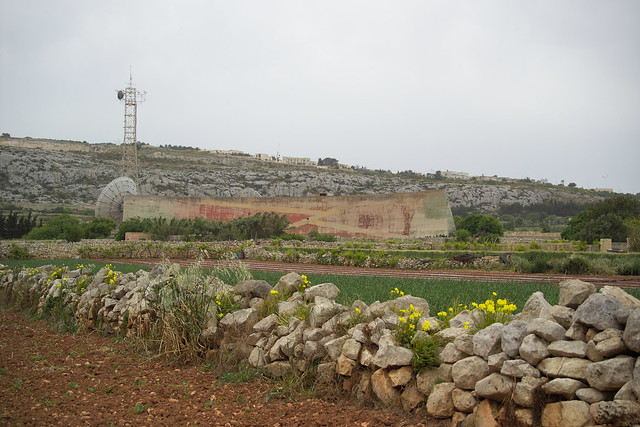UPDATE: The Geocache itself has been removed several times by vandals and the treasure is no longer in it’s hiding place. You may be able to find a slightly modified version of this cache on geocaching.com (thank you Veronika). If you still want to do the treasure hunt, all of the clues are still valid and (I think) that it is an interesting walk. Please feel free to let me know where you ended up and I will let you know if you were on the right track!
Geocaching is an increasingly popular pastime. It involves hiding a small container of ‘treasure’ and then providing either the GPS coordinates directly, or (as in this example), a number of clues to enable the treasure hunter to work out the coordinates for themselves. Once found, the finder usually enters some remarks in a log book, sends the owner of the’geocache’ an e-mail, registers the find on a web site etc. Typically, the finder replaces one of the fun ‘treasure objects’ with an item of their own.
This cache was hidden in August 2009. Give it a try. Hopefully it will be fun whether you are a tourist or a local. You should plan at least ninety minutes to do the whole thing. There is bit of walking involved so if you are attempt the cache in the summer months, you might prefer to avoid the heat of the midday sun.
We start in the Upper Barraka Gardens with a fantastic view of the historic Grand Harbour. Look out over the creeks and the three cities of Vittoriosa, Senglea & Cospicua and imagine what they must have looked like crammed with British warships and merchantmen. In the closing years of the 19th Century, Britain had and Empire and, believe it or not, the tiny island of Malta had a railway! It ran from Valletta to Mdina and was known locally as Xmundifer (a delicious corruption of Chemin de Fer – in Maltese the letter X is pronounced SH). The Malta railway is going to provide the loose theme for this cache.
Directly below you as you look out over the harbour is the Saluting Battery. If you are here at mid day you will be treated to a salvo from the ceremonial canon. How many canon can you see? As this is the first question, I’ll give you a hint…. Do not be too hasty. You might need to lean over the railings a bit to make sure you don’t miss anything (be careful though).
Answer A: There are ____ canon on the saluting battery.
Once you have had your fill of views of the Grand Harbour (will you ever have enough?), leave the Upper Barraka Gardens, and cross the road so that you are in front of the ‘Auberge de Castille’. There are two canon on the steps of the Auberge. Directly in front of the building is a roundabout (a traffic circle if you are from the USA). The roundabout is a miniature botanical garden with scores of chilli pepper plants scattered amongst date palms. The second question concerns the number of palm trees that are planted around the circumference of the roundabout.
Answer B: There are ____ palm trees planted around the circumference of the roundabout.
From the ‘Auberge de Castille’, walk down the slope and pass the police station on your right hand side. In front of you are the remains of a large building that was destroyed by AXIS bombers during the second world war. The ruins remind us of the dark days when the area around the Grand Harbour was the most heavily bombed place on earth. The third question is a multiple choice. If you don’t know the answer, ask one of the locals – they are quite friendly!
If you think that the building was an indoor market, then answer C = 1
If you think that the building was the Opera House, then answer C = 2
If you think that the building was an The Malta Stock Exchange, then answer C = 3
Now make your way across the square towards Valletta City Gate and, if you are interested, make a short detour to seek out the site of the old railway station (you can skip this bit if you are in a hurry as there are no clues there). Next to the Tourist Information office you will find a flight of stairs leading down to the ‘Great Ditch’ that separates Valletta from Floriana. Ignore the faint smell of urine and make your way to the bottom where you will find a car repair workshop in tunnel that was the original station. The small steam trains crossed the ditch on a small viaduct before entering a longer underground section taking them underneath the bus terminus on their way to Floriana station. Take a deep breath and go back up the stairs. Leave Valletta via the city gate and look out across the bus terminus. In the center is the famous Triton Fountain which may or may not be working when you visit. Count the number of figures supporting the massive bowl.
Answer D: There are ____ figures supporting the bowl
On the other side of the roundabout you will see the shining gold top of the Royal Airforce Memorial. Make your way towards it but be very careful of the buses. A few meters past the memorial is a huge underground car park which I believe bisects the original railway tunnel. In front of you now you can see the church of St Publius, named after the Roman Governor of Malta who was converted to Christianity in AD60 by none other than St Paul following his well documented shipwreck (Acts. Chapter Verse) on the northern coast of Malta. In front of the church is a large square which covers a network of underground granaries (more of this later). To the right of the church from your viewpoint, is a long garden – the ??? gardens also called ‘the Mall’. Make your way to the ‘Indipenza’ statue just outside and to the north of the Mall. Check the inscription on the statue and make a note of all three parts of the date that Malta became independent.
Answer E is the day: ____
Answer F is the month (you will need to convert from Roman Numerals): ____
Answer G is the year: ____
The railway tunnel runs somewhere under the Mall gardens but there is no access (that I know of). Various prominent Maltese citizens are commemorated along the central area of the gardens. Look for the bust of Sir Hannibal Scicluna, one of Malta’s most emminent (and probably oldest) Historians. Subtract his year of birth from his year of death (which may or may not equal his age) to arrive at the answer for the next question. The inscription on the plinth is a little faint so please look carefully. I had to step into the flower beds to get a clear look.
Answer H: Death year ____ minus birth year ____ = ____
Leave the Mall gardens by one of the side exits and cross over into the square in front of St Publius’. The large stone blocks that you see are actually the covers to the grain stores. How many covers are there in all? Take care because not all rows contain equal numbers of covers. I had to count them several times before coming up with a consistent answer!
Answer I: There are ____ stone blocks covering the grain stores.
Now for the final section of our journey, it is a bit of a walk (perhaps 10 minutes) so gather your strength and walk down Sarria Street past the church (on your right) and make your way to the end. Floriana station used to be somewhere here but the building was demolished relatively recently (perhaps in the late 1990s?). Who knows what remains of the underground part. At the top of the road you will reach the very impressive Argotti Botanical Gardens. Definitely worth a visit if you are at all horticulturally inclined. There is also a reasonably presentable public toilet. For the purposes of our little adventure, let’s assume you don’t need the toilet and that you will visit the gardens another time. Sarria street makes a 90 degree turn to the left. Follow it down hill to where it meets the very busy main road (Triq Sant Anna). Turn right and walk for a few more minutes until you see the ‘Porte de Bombes’ straddling the road. Traffic in and out of Floriana passes under or around this gate. How many arches does it have.
Answer J: The Porte de Bombes has ____ arches.
So, you have answered all of the questions. Now you need to turn the answers to the questions into GPS coordinates to be able to find the cache….
N 35° [I-E-D] . [G-1960] [F-D-C] [A-B-C]
E 14° [H-I+F-D] . [F+J-B] [A-F] [D]
That’s it! If you find the cache, please replace it as you found it an please post a comment here. If you have any trouble, or find that the cache has been damaged, please also post a short message. You can read messages from people who have already found the cache at geocaching.com.

